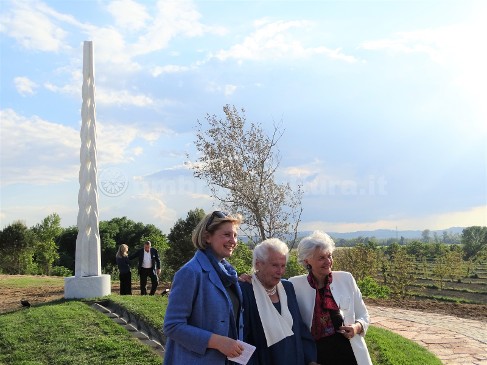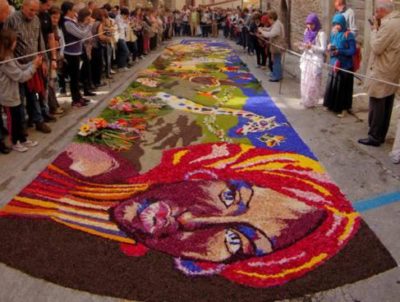Bagnoregio, in Viterbo’s Tuscia, offers a small jewel: the Piero Taruffi Museum, in memory of the famous Italian pilot of the first half of the XX century.
Founded by the Association Piero Taruffi, the same year when Taruffi passed away, the Museum is inspired by the figure of the great pilot and engineer from Lazio. Taruffi won, in the first half of the twentieth century, all the major car competitions of the time, ending his career with the victory of the 1957 Mille Miglia driving a Ferrari.
Taruffi was much more than a pilot, he was first and foremost a designer of circuits such as Misano Adriaticoin Italy and Suzuka in Japan, and an aerodynamicist: in fact he designed fairings for motorcycles that allowed him to achieve world records on the road, and then he conceived the “bisiluro”, to achieve the same results with four wheels. The bisiluro consists of two horizontally coupled aluminum torpedoes, one that housed the tank and the other the passenger compartment, with this vehicle Taruffi reached, in the immediate post-war period, the speed of 305 km / h even with very low displacements.
The Museum preserves 500 original plates with the drawings of the Taruffi bisiluro project carried out by his engineers, some of which have notes or corrections by Taruffi himself.
The cars housed inside the museum are owned by the Association members and rotate constantly, particular is the large collection of microcars dating back to the middle of the last century; the distinctive feature of these microcars, which differentiate them from the current ones, is motorcycle mechanics: they have displacements around 250 cc.
Here the visitor is struck by a continuous marvel seeing how many and how different were the microcars made, some in very few specimens, which in this museum you are lucky enough to be able to admire, as the first ever designed, the Italian Isetta, or the Microbe also Italian, made in only two copies, as well as the German Janus, which has the particularity of having the central mechanics and the seats, and therefore the opposite doors. Innovative solutions for that time, both mechanics and the use of futuristic materials such as aluminum.
Next to the large collection of microcars, it is possible to admire a latest series Fiat Balilla car, which features large white stripes on its livery, because of the darkening laws during the Second World War.
In the Taruffi Museum it’s possible to admire a “Volpe” (Fox) car that had a particular story: made by Alca company immediately after the war, presented with great propaganda effort as the rival of the Fiat Topolino; the Volpe car had so much success to collect about 300 million lire for the orders. Despite this, only 7 specimens were made, one of which is the one present in the museum; Volpe car remained in history as one of the greatest post-war scams, but with a design so beautiful that it is also exhibited at the MoMa in New York.
A section of the Taruffi museum is also dedicated to the cinematographic vocation of Bagnoregio; in fact in Bagnoregio many important movies were shooted, one above all: “La strada” by Federico Fellini of which the museum keeps some memorabilia from the scene.
Going to Bagnoregio to visit the famous “dying village”, a “pit stop” at the Piero Taruffi Museum heartily recommended.
Benedetta Tintillini
Find Piero Taruffi Museum on Google Maps:



